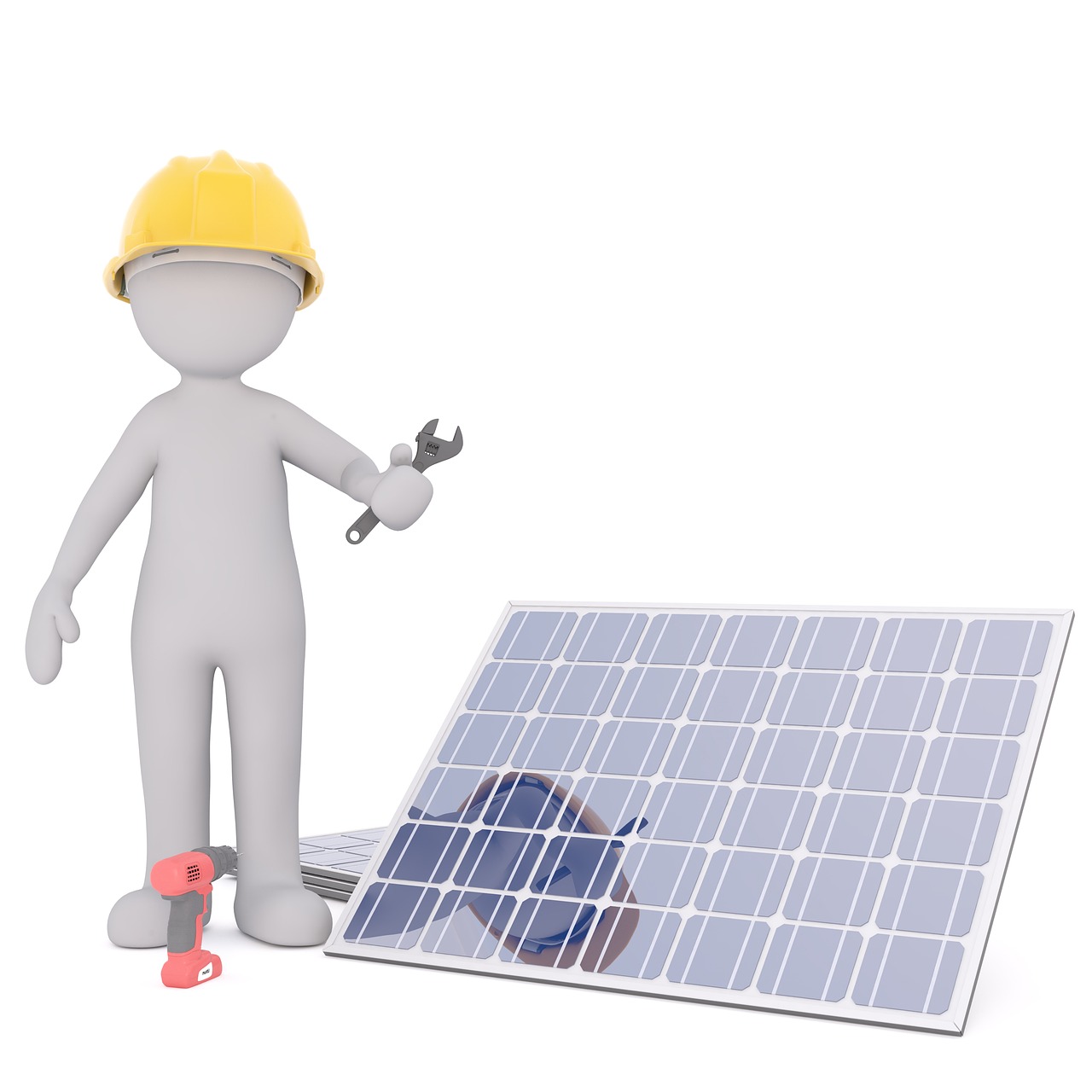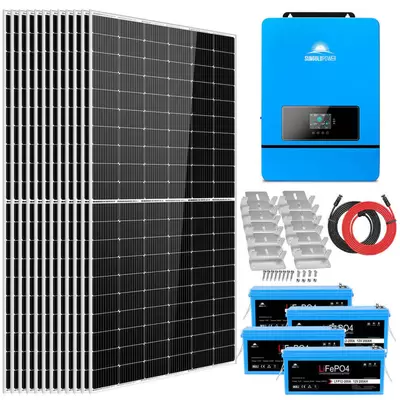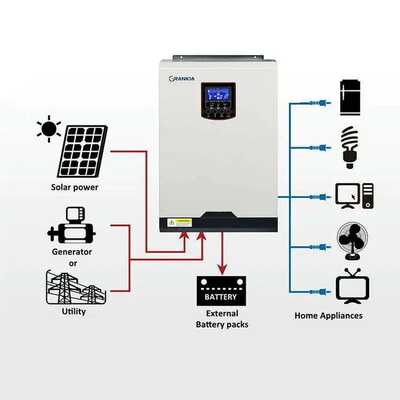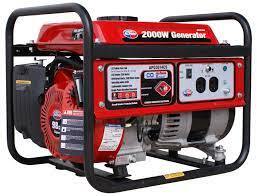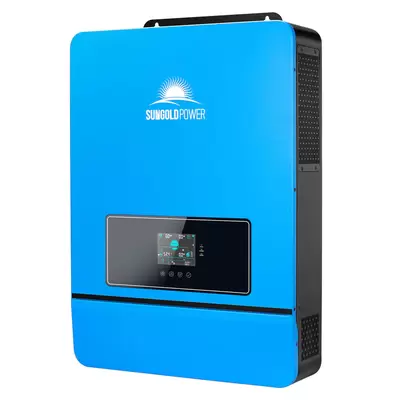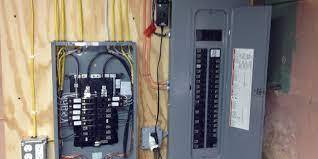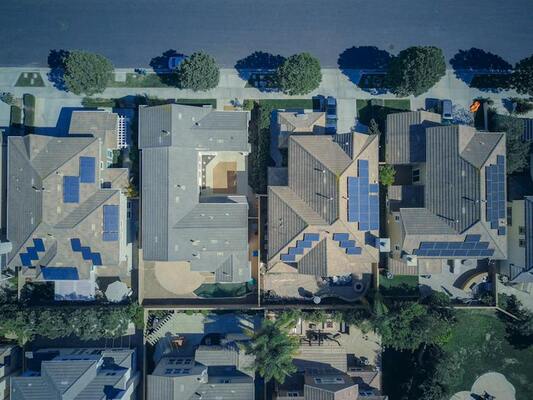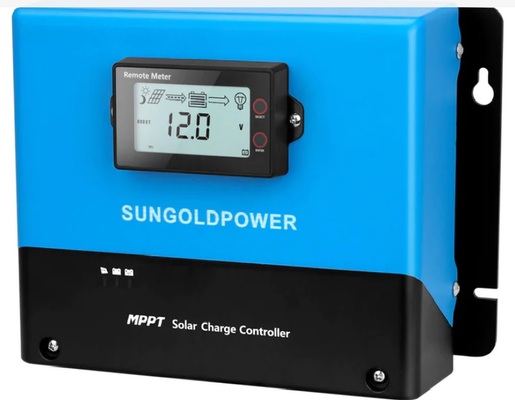Connect with local solar system installers near you.
Installing a solar system or just need to have panels installed on your roof can involve various costs depending on factors like the size of the solar panel system, your location, and any additional equipment needed. Typically, the upfront cost includes the price of solar panels, inverters, mounting hardware, and installation fees.
Additionally, tying your solar system into net metering with the electric company allows you to sell excess electricity generated back to the grid, potentially earning credits on your utility bill. This setup not only offsets your electricity costs but can also provide a source of income over time, making the initial investment more financially feasible.
What Should I Expect To Pay For A Solar System?
On average, for a 5kW solar system, the cost can range from $10,000 to $25,000 before incentives. However, federal tax credits and local incentives can significantly reduce this cost of the system, sometimes covering up to 30% or more of the total system expense.
Before we get in to deep lets learn the basics in electricity terms.
Understanding Key Electrical Terms: kWh, Amp Hours, Watts, Joules and Volts
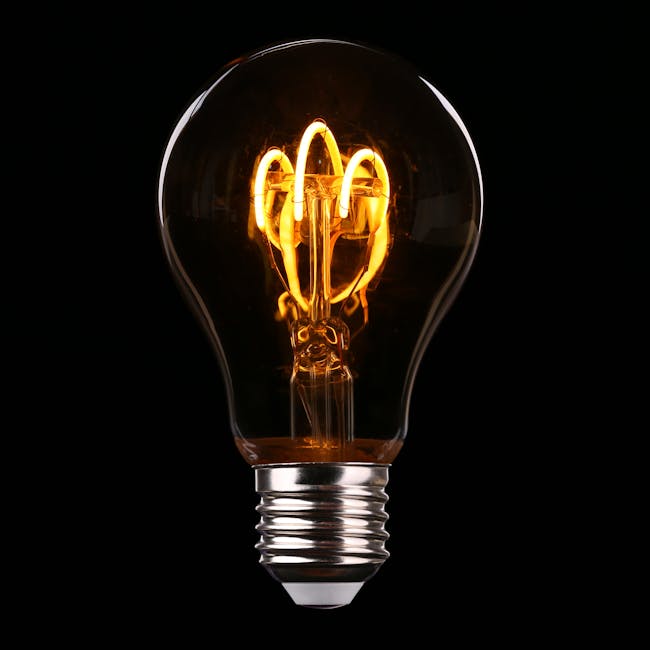 In a world increasingly reliant on electricity, understanding fundamental electrical terms is essential for anyone looking to comprehend energy consumption, power generation, and electrical systems. Among these terms, "kWh," "Amp hours," "Watts," "Joules" and "Volts" stand out as crucial units of measurement. Let's delve into each of these terms to gain a clearer understanding of their significance:
In a world increasingly reliant on electricity, understanding fundamental electrical terms is essential for anyone looking to comprehend energy consumption, power generation, and electrical systems. Among these terms, "kWh," "Amp hours," "Watts," "Joules" and "Volts" stand out as crucial units of measurement. Let's delve into each of these terms to gain a clearer understanding of their significance:
kWh (Kilowatt-hour):
- Definition: kWh, short for kilowatt-hour, is a unit of energy equivalent to one kilowatt (1 kW) of power expended for one hour (1 h).
- Significance: kWh is commonly used to measure electricity consumption. It quantifies the amount of energy used by electrical appliances over time. For example, if a 100-watt lightbulb is left on for 10 hours, it consumes 1 kWh of energy (100 watts x 10 hours = 1000 watt-hours = 1 kWh).
2. Amp Hours:
- Definition:** Ampere-hour (Ah or Amp hour) is a unit of electrical charge representing the amount of charge transferred by a steady current of one ampere flowing for one hour.
- Significance: Amp hours are often used to measure the capacity of batteries, especially in off-grid solar power systems, electric vehicles, and marine applications. It indicates how much electrical charge a battery can deliver over a specific period. For instance, a battery rated at 100Ah can theoretically provide a current of 1 ampere for 100 hours, 2 amperes for 50 hours, and so forth.
3. Watts:
- Definition: Watt (W) is a unit of power equal to one joule per second. It measures the rate of energy transfer or consumption.
- Significance: Watts quantify the rate at which electrical energy is generated or consumed. In practical terms, it indicates how much work an electrical device can perform per unit of time. For example, a 60-watt lightbulb consumes electricity at a rate of 60 joules per second.
4. Joule:
- The joule (J) is the SI unit of energy and work. It is defined as the amount of work done when a force of one newton is applied over a distance of one meter. In the context of electricity, the joule is often used to measure energy transfer or consumption.
- Significance: When electrical work is done to move charge through a circuit, the energy expended is measured in joules.
5. Volts:
- Definition: Volt (V) is the unit of electromotive force, potential difference, or voltage. It represents the electrical pressure or push that drives current through a conductor.
- Significance: Volts determine the force with which electricity flows in a circuit. They are essential for understanding the compatibility of electrical devices with power sources. For instance, household electrical outlets typically provide around 120 volts in the United States and 230 volts in many other parts of the world.
What is the best solar system setup?
The optimal solar system setup integrates various components seamlessly to maximize efficiency and reliability. Key elements include high-quality solar panels, efficient inverters, and possibly hybrid inverters paired with storage solutions like batteries.
Solar panels, typically mounted on rooftops or ground arrays, harness sunlight and convert it into electricity. The selection of panels should prioritize efficiency, durability, and suitability for the local climate conditions to ensure optimal performance over the system's lifespan.
Solar panels are revolutionizing the way we generate electricity by harnessing the sunlight. There are primarily three main types of solar panels: monocrystalline panels, polycrystalline panels, and thin-film panels.
Monocrystalline panels are known for their high efficiency and sleek appearance, making them popular for residential system installations where space is limited. Polycrystalline panels offer a cost-effective alternative with slightly lower efficiency but excellent performance in high-temperature conditions. Thin-film panels, on the other hand, are lightweight and flexible, suitable for unconventional system installations or applications where aesthetics are a priority.
Regardless of the type, solar panels play a crucial role in converting sunlight into clean, renewable electricity, thereby reducing carbon emissions and reliance on fossil fuels.
Inverters play a crucial role in a solar system by converting the direct current (DC) produced by solar panels into alternating current (AC) for use in homes or businesses. Hybrid inverters offer added flexibility by allowing the integration of both solar energy and grid power, optimizing energy usage and potentially reducing electricity bills.
When coupled with batteries, such as lithium-ion or lead-acid, a solar system gains the ability to store excess energy generated during peak sunlight hours for later use, enhancing self-sufficiency and resilience, especially during periods of grid outages or high demand. The best solar system setup carefully balances these components to meet the specific energy needs of the user while maximizing efficiency and sustainability.
Solar System Power Storage - Smart Batteries
For off-grid solar systems with 100Ah batteries, the cost structure shifts slightly. In addition to the solar panels, inverters, and installation, you'll need to invest in batteries and possibly a charge controller to store excess energy generated during the day for use at night or during cloudy periods.
The cost of batteries can vary but generally adds several thousand dollars to the overall system cost. Off-grid systems provide independence from the commercial grid, making them ideal for remote locations or areas prone to power outages.
While the initial investment for off-grid systems may be higher compared to grid-tied systems, the long-term savings on utility bills and the peace of mind of self-sufficiency can make them a worthwhile investment for many homeowners.
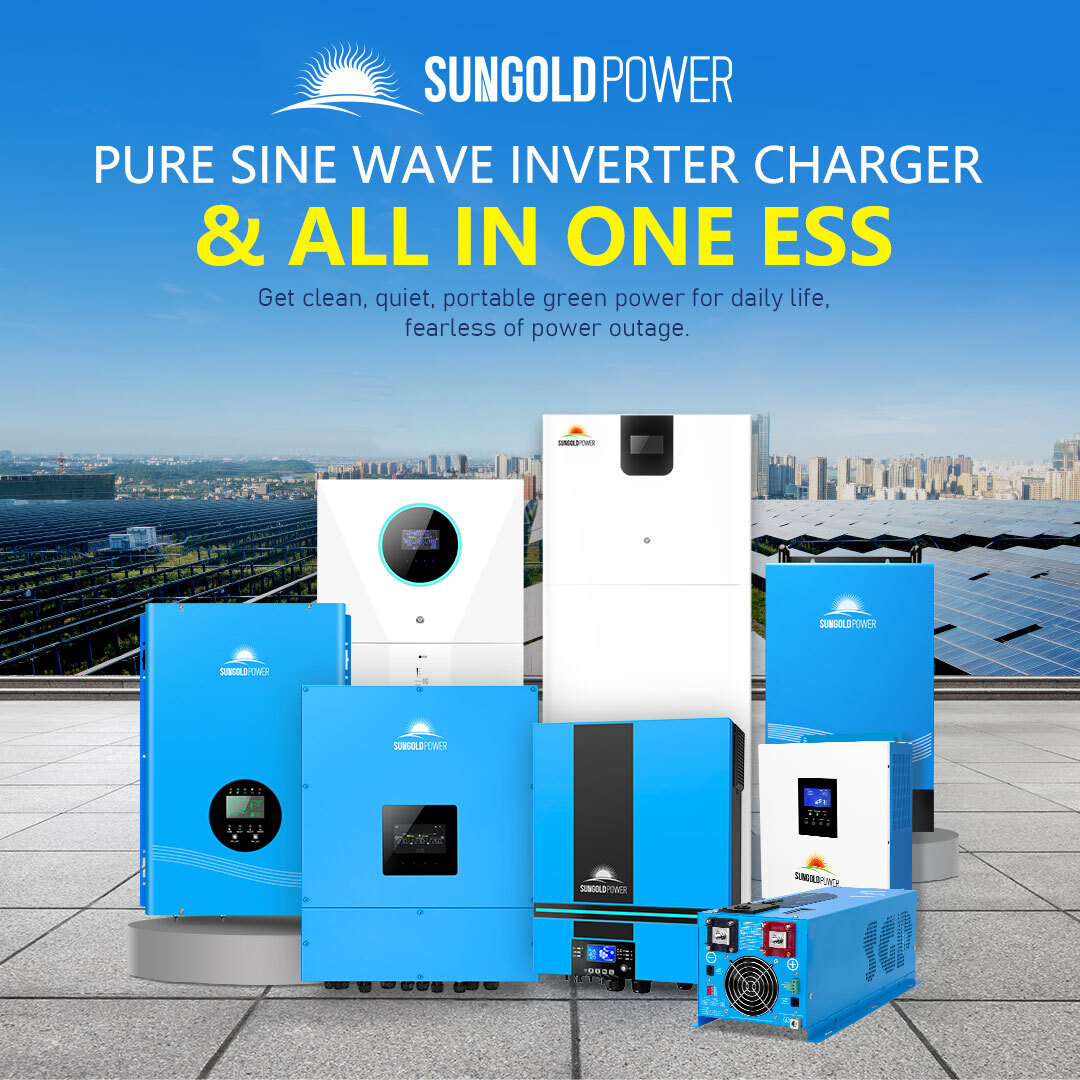 | SUNGOLD POWERPure Sine Wave All In One Inverters and Solar Panels
|
Harness the energy of the sun!
When it comes to solar panels and solar systems, expertise matters. Leading solar system installation companies boast teams of skilled professionals equipped with the latest industry knowledge and certifications. From initial consultation to final system installation and beyond, these companies prioritize customer satisfaction and ensure seamless integration of solar system and panels into your property. With their dedication to quality craftsmanship and unparalleled customer service, solar system installers empower individuals and businesses to embrace a greener future while enjoying the benefits of renewable energy.
Harnessing the Elements: A Comprehensive Guide to Alternative Energy Sources
In recent years, the global push towards sustainable and eco-friendly energy solutions has gained significant momentum. As traditional fossil fuels contribute to environmental degradation and climate change, the search for alternative sources has become paramount.
1. Solar Systems:
Solar energy stands out as one of the most abundant and accessible forms of alternative energy. Photovoltaic (PV) cells convert sunlight into electricity, providing a clean and renewable energy source. Solar panels, often installed on rooftops or in solar farms, capture sunlight and convert it into electricity, reducing reliance on conventional grids. Advancements in solar technology have led to increased efficiency and affordability, making solar system an attractive option for both residential and commercial applications.
2. Wind Turbine Systems:
Harnessing the wind through wind turbines has become a prominent feature in the alternative landscape. Wind energy is generated when the movement of moving air is converted into electricity. Wind farms, situated in areas with consistent wind patterns, contribute substantial amounts of clean energy to the grid. As turbine technology advances, the efficiency and cost-effectiveness of wind turbine continue to improve, making it a reliable and scalable alternative to traditional energy sources.
3. Hydro Turbine Systems:
Hydro system, derived from the flowing or falling water, has been a long-established source of renewable electricity system. Dams and hydroelectric systems harness the force of water to generate electricity. The consistent availability of water resources in certain regions makes hydro system a reliable and constant energy source. While environmental concerns and habitat disruption are challenges associated with large-scale hydropower projects, innovations in smaller, sustainable hydropower solutions are gaining attention.
4. Energy Storage: Batteries Systems and Inverters:
Batteries play a crucial role in storing excess energy generated during peak production periods for later use. Lithium-ion batteries, in particular, have seen significant advancements in terms of energy density and lifespan.
Inverters, on the other hand, convert direct current (DC) electricity generated by solar panels or wind turbines into alternating current (AC) electricity suitable for use in homes and businesses. Together, batteries and inverters enhance the reliability and stability of alternative power systems.
Find Solar Installer
The Affordability of A Solar System:
One must ask themselves:
- How long are going to be in this house?
- How much did I pay per year to the electric company?
- Now take that number and multiply it by the amount of time in years you will be in your home.
- If the result is more then $30,000 I say jump at putting in a solar system.
Now you are saying "but a solar system is going to cost over $30,000 why do it.
- A system will boost the value of your home.
- Electric bill reduction and maybe eliminated.
- Electric prices are going up every year.
- Tax reductions and incentives.
- Solar systems and panels are as cheap as ever.
Now, how can I afford to install a solar system.
A suggestion (Not Financial Advise):
Take out a home equity loan that will cover a large enough solar system to energize your house and knock your commercial bill down to nothing or practically nothing. Use the money that you have been giving the local electric company to pay off the loan.
Example:
- Last year you payed $5,000 to the electric company.
- Multiply that by the years you are going to live in your home. (let say it's your forever home or at least 20 years to raise the kids).
- That equals $100,000 in electricity cost at today's prices. (electricity costs will only go up)
- A solar system installed will cost anywhere from $20,000 to $70,000, depending on the size of your power system in the house.
- A home improvement loan for $40k, at 7%, 84 months is just over $600 per month. Total cost $51k
- You save $49K
- You still have tax incentives to add into your savings.
If you have a new car that you are financing, use the home equity loan to pay that off also then right off the interest on your taxes.
Find A Solar System Installer Near You.

